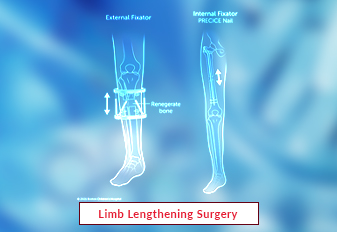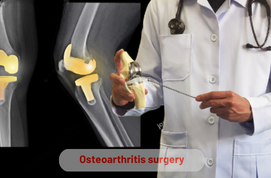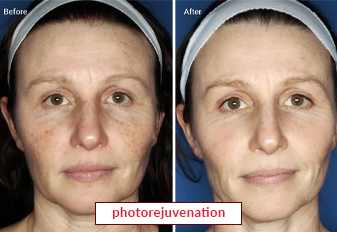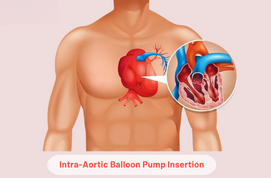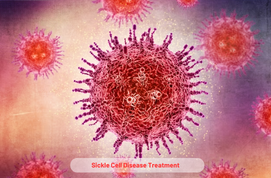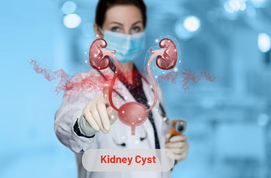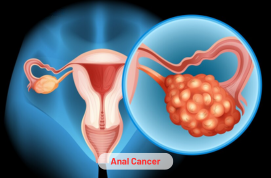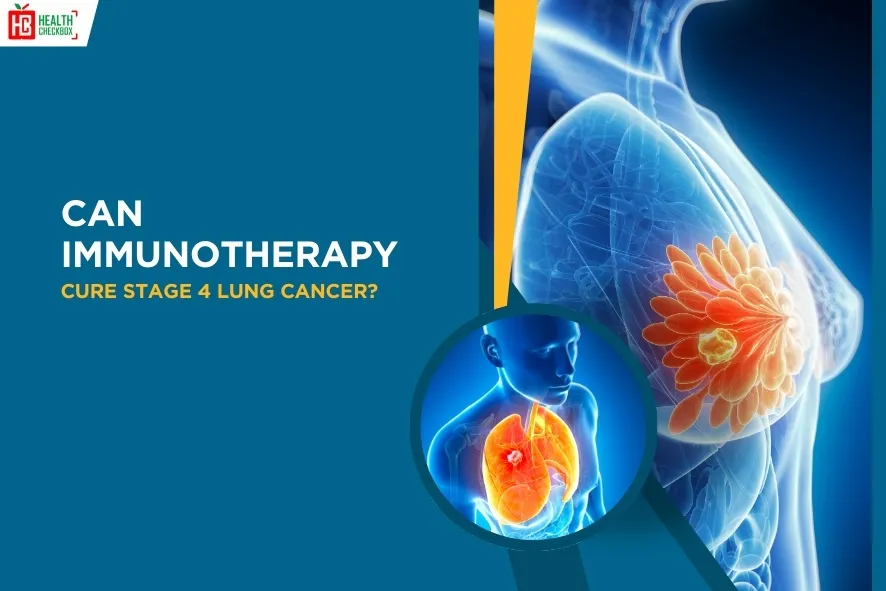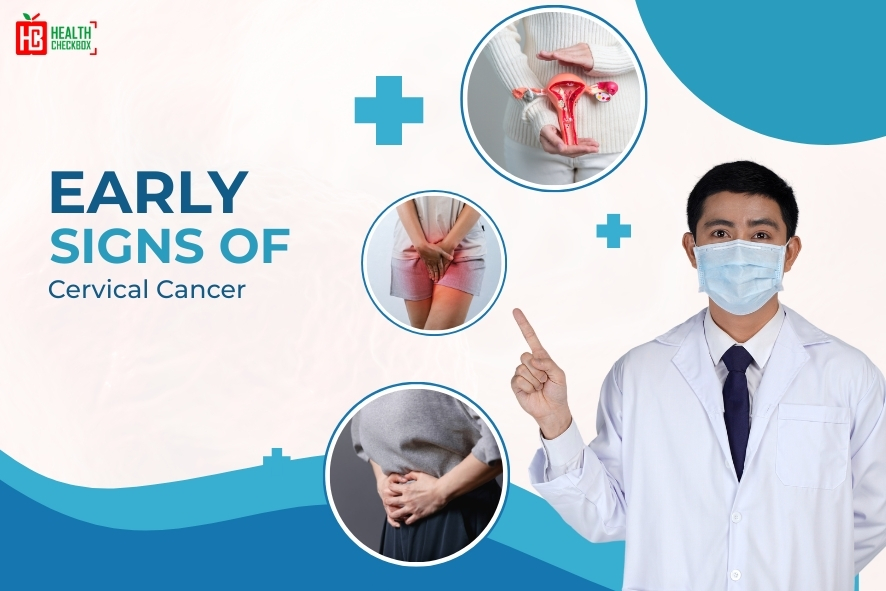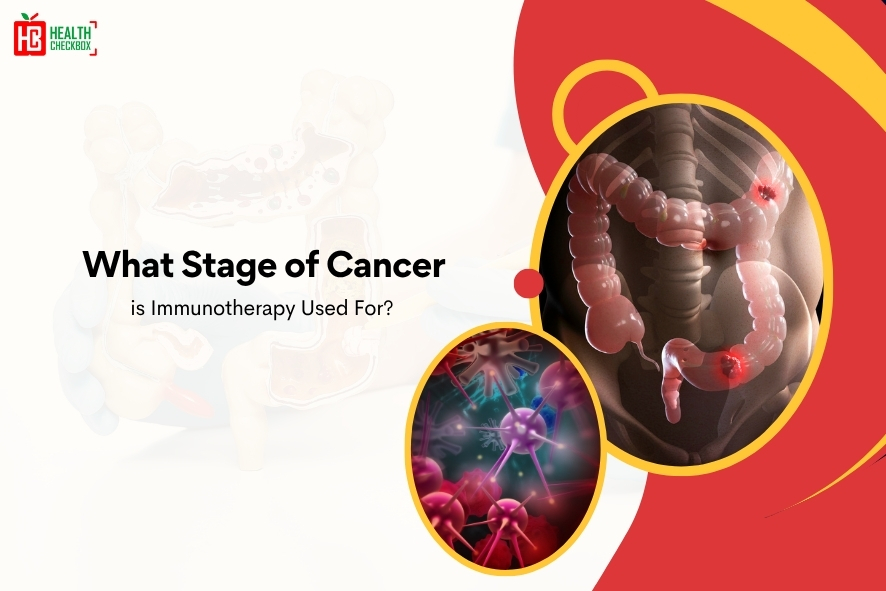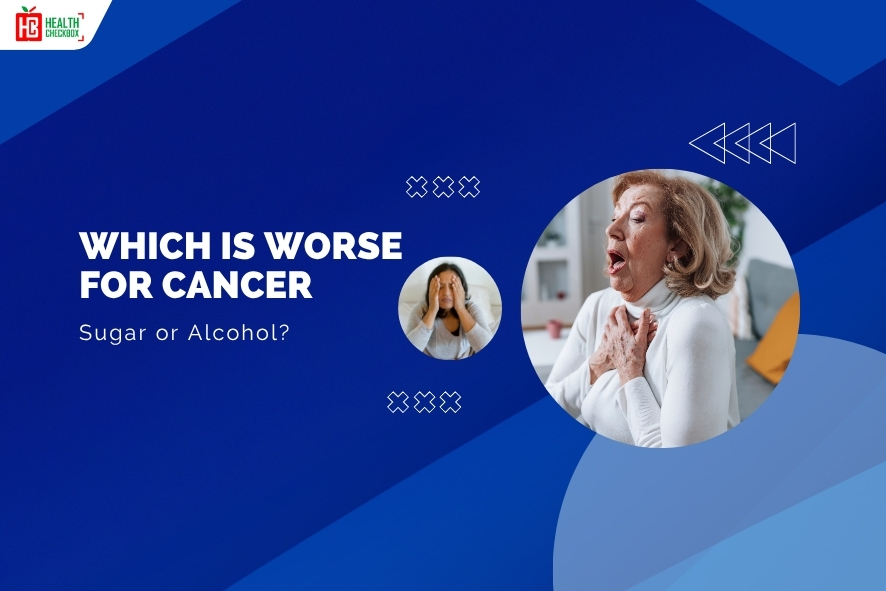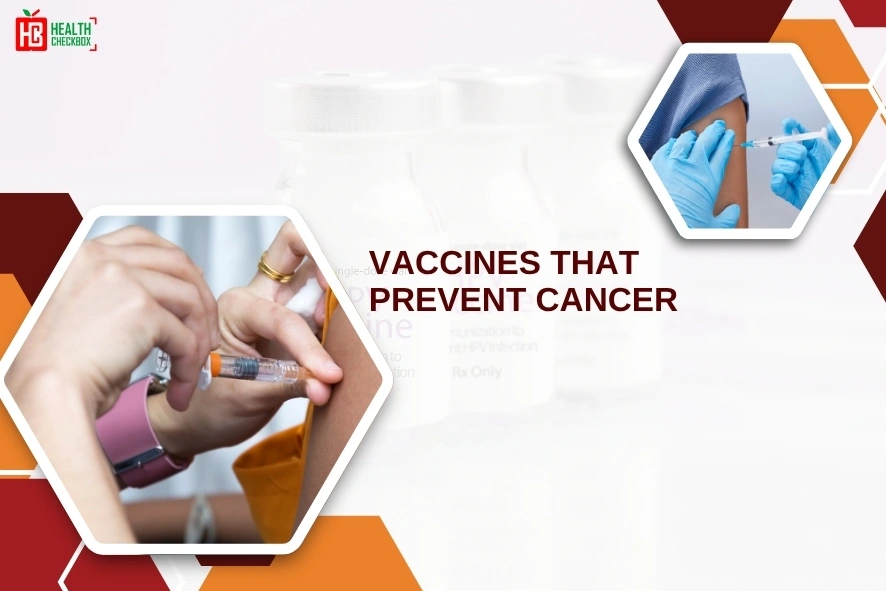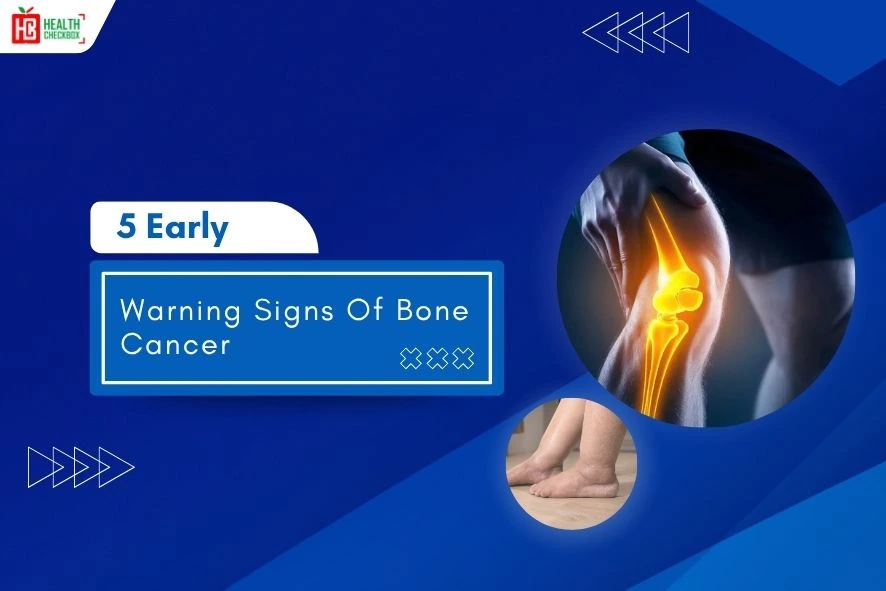A rare type of skin concern known as Atopic dermatitis. When a person or child diagnosed with atopic dermatitis experience dry itchy rashes and irritation. It mostly occurs in children however, it can also affect adults. Sometimes the condition is referred to as eczema, a chronic inflammation. Main causes of developing this skin allergy are poor immune system, environmental factors, and specific genes. The condition starts detecting through red, purple rashes. These rashes commonly affect hands, fingers, feet, toes, arms, legs, eyelids, and lips. Atopic dermatitis starts developing in childhood and often remains until adulthood. According to medical search there is no permanent cure for this condition. However, it can be managed with some treatments and proper care. The Atopic Dermatitis treatment is determined by a doctor to reduce the signs and symptoms and for minimizing inflammation.
Symptoms of Atopic Dermatitis
The following are the symptoms of atopic dermatitis skin disorder:
- Cracked skin
- Red, purple, gray rashes
- Swelling
- Inflammation
- Continues Itching
- Dry skin
- Discomfort
- Irritation
Foods that Triggers Atopic Dermatitis
Here are mentioned the foods that can trigger many skin allergies, including atopic dermatitis:
- Nuts
- Eggs
- Soy
- Cow Milk
- Wheat
- Seafood
- Peanuts
- Shellfish
How to manage Symptoms?
The following are the effective ways to overcome atopic dermatitis symptoms:
- Apply prescribed or over-the-counter (OTC ) anti-itching creams for reducing itchiness and discomfort.
- Avoid scratching when you feel itchiness instead, try to press that part of your body or use cold water for relief.
- Use a good moisturizer on a daily basis and try to apply it twice in a day. You could also use effective oils, sprays, and ointments.
- Do not use the products that trigger this allergy instead, eat those foods that help boost your immunity.
- Keep your body hydrated by consuming sufficient amounts of water or fruits that contain water.
- Avoid overexposure to dirt and wear comfortable clothes.
- Consult with a dermatologist for reducing other symptoms.
- Take an oatmeal bath, this will help you to lock the moisturizer in your skin.
Advanced Options for Atopic Dermatitis Treatment
Various types of treatment options are given below:
Initial Assessment
A person or a child diagnosed with atopic dermatitis first needs to be examined by a doctor to check the overall health condition in order to determine suitable treatment. After that, a customized treatment is provided to the patient based on the assessment of age, medical history, signs, and symptoms. A doctor also creates a treatment plan based on the lifestyle.
Skincare Routine
The individual is recommended to follow a proper skincare routine for skin hydration and to avoid irritation and dryness. Also suggested to gently clean the body part with a moderate, fragrance free cleaner that does not contain skin harming chemicals.
Topical Treatments
A skincare professional often prescribe topical medications. For instance, corticosteroids or calcineurin inhibitors for reducing inflammation and itching effects. These medications are applied to the skin as directed by the dermatologist to restore the condition of skin. However, one must use them as directed by the doctor to avoid unpleasant side effects.
Oral Medications
Oral medications are administered in some cases to control the symptoms. These prescribed medicines are prednisone and corticosteroids that are helpful in managing itchiness. However, each medicine should be used for a short-term period to avoid potential risks of side effects like high blood sugar, glaucoma, and slower healing of wounds. Other than that, there are various medications as well that are available in the form of injections, such as Dupilumab or Dupixen.
Wet Dressing
Wet dressing is an effective method to treat atopic dermatitis. It involves applying specific ointments to the skin and warping wet bandages. If the inflammation is increased more than normal condition, then this treatment is determined to the patient in hospital with proper skincare.
Light Therapy
Light therapy is often used when the topical treatment is not effective enough or rapidly flares again after treatment. This therapy includes controlled amounts of natural sunlight for exposing the affected area. It also involves artificial rays like ultraviolet A and narrow band ultraviolet B, alone or with drugs. However, it mostly applies to young children and not to infants. Because its long-term effect can cause other health risks, including cancer.
Follow-up
Schedule regular follow-up and appointments at least twice in a month to monitor treatment progress, medication effectiveness, and for making necessary adjustments in treatment plan. A dermatologist might also provide additional knowledge to support the patient and bring positive change to the patient’s life.
Latest Health Tips
Can Immunotherapy Cure Stage 4 Lung Cancer?
Early Signs of Cervical Cancer
Foods that Kill Cancer: Leafy Vegetables, Grains, & More
What Stage of Cancer is Immunotherapy Used For?
Which is Worse for Cancer, Sugar or Alcohol?
Vaccines That Prevent Cancer
What Kills Cancer Cells in the Body Naturally?
Early Warning Signs of Bone Cancer
Submit Your Enquiry
Testimonials









